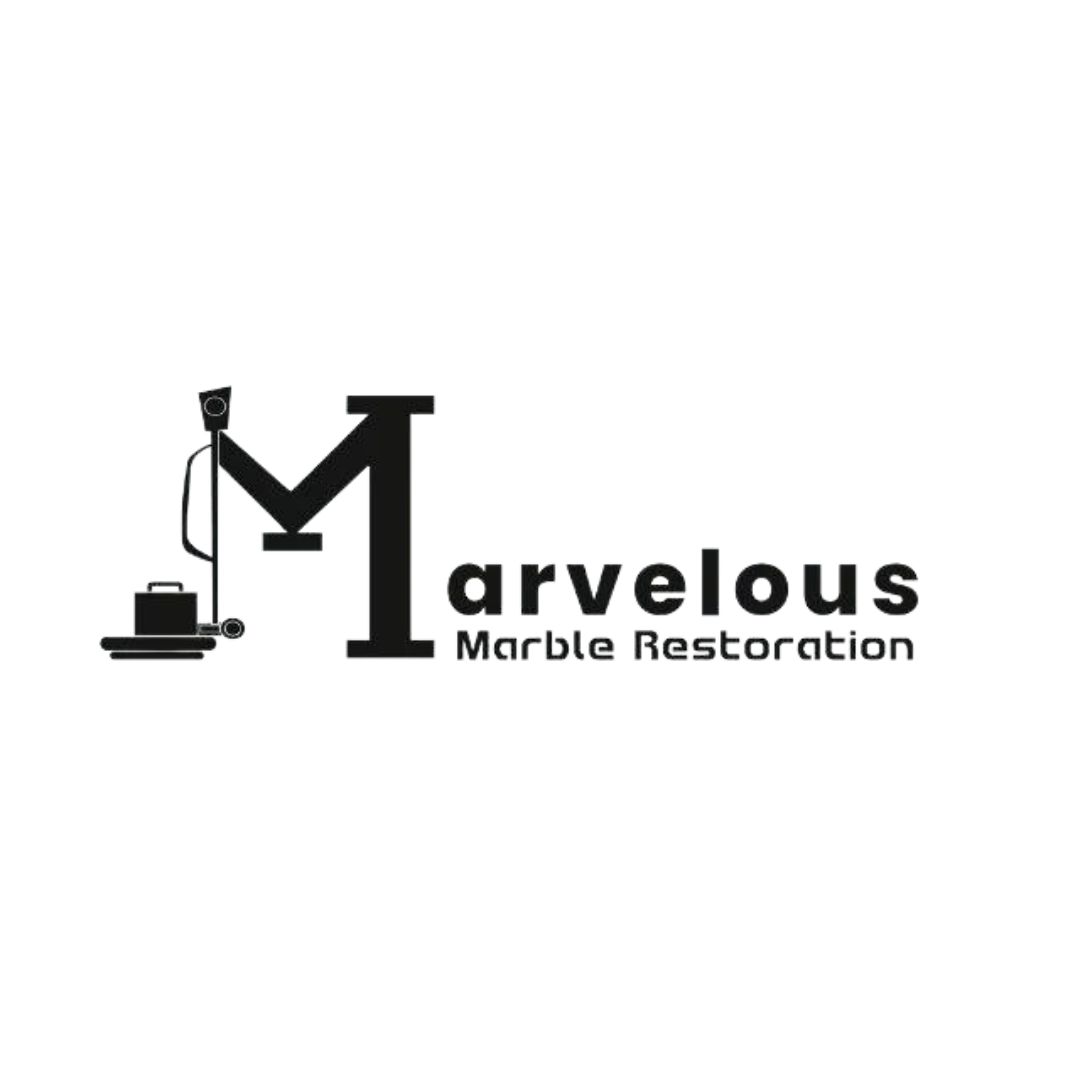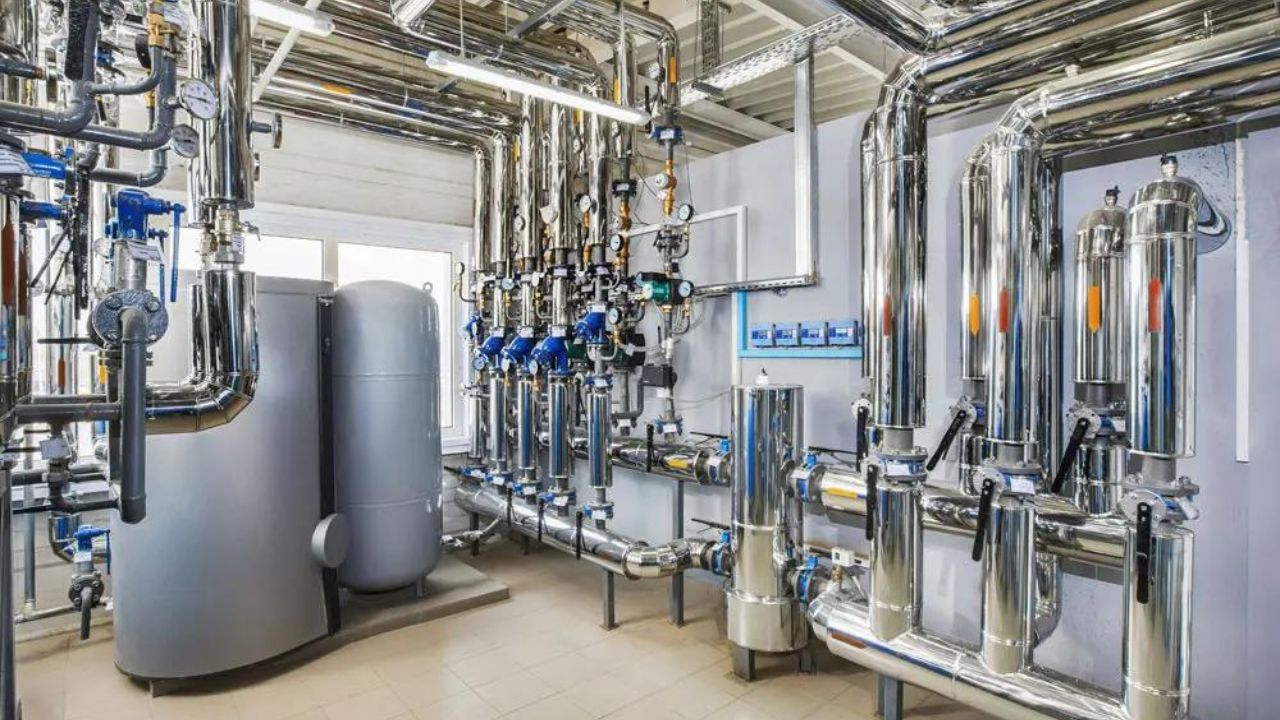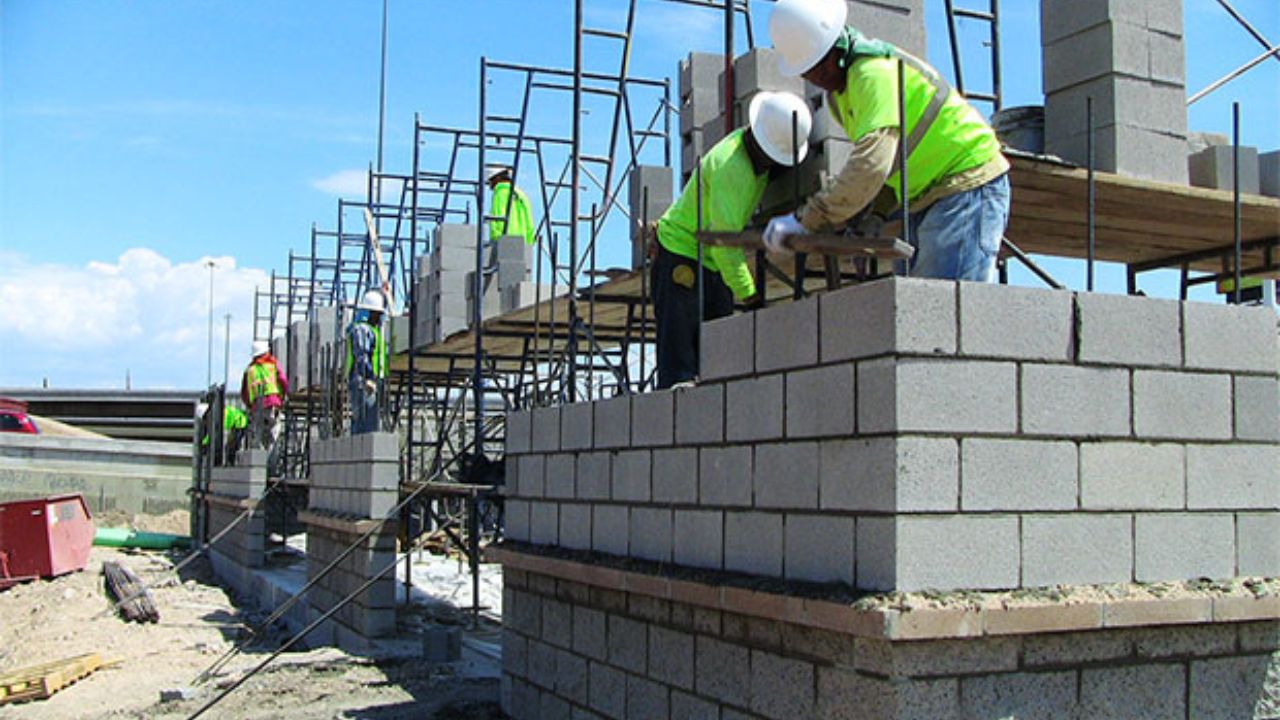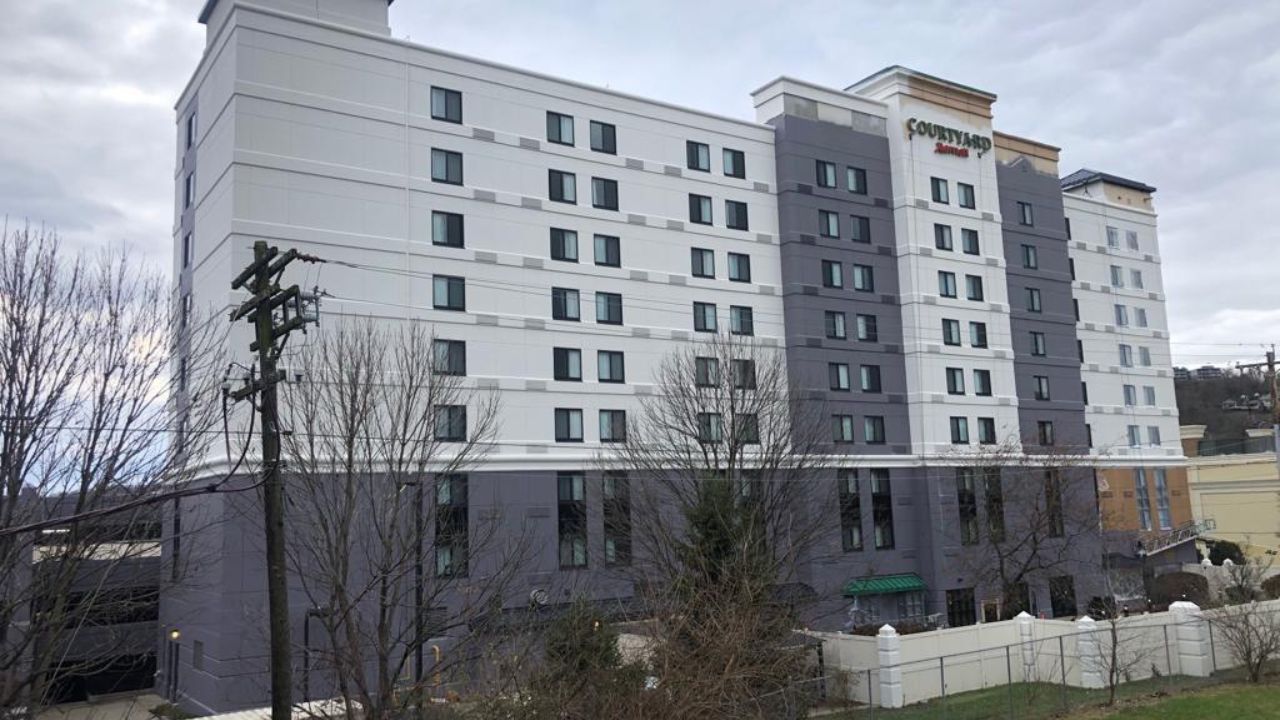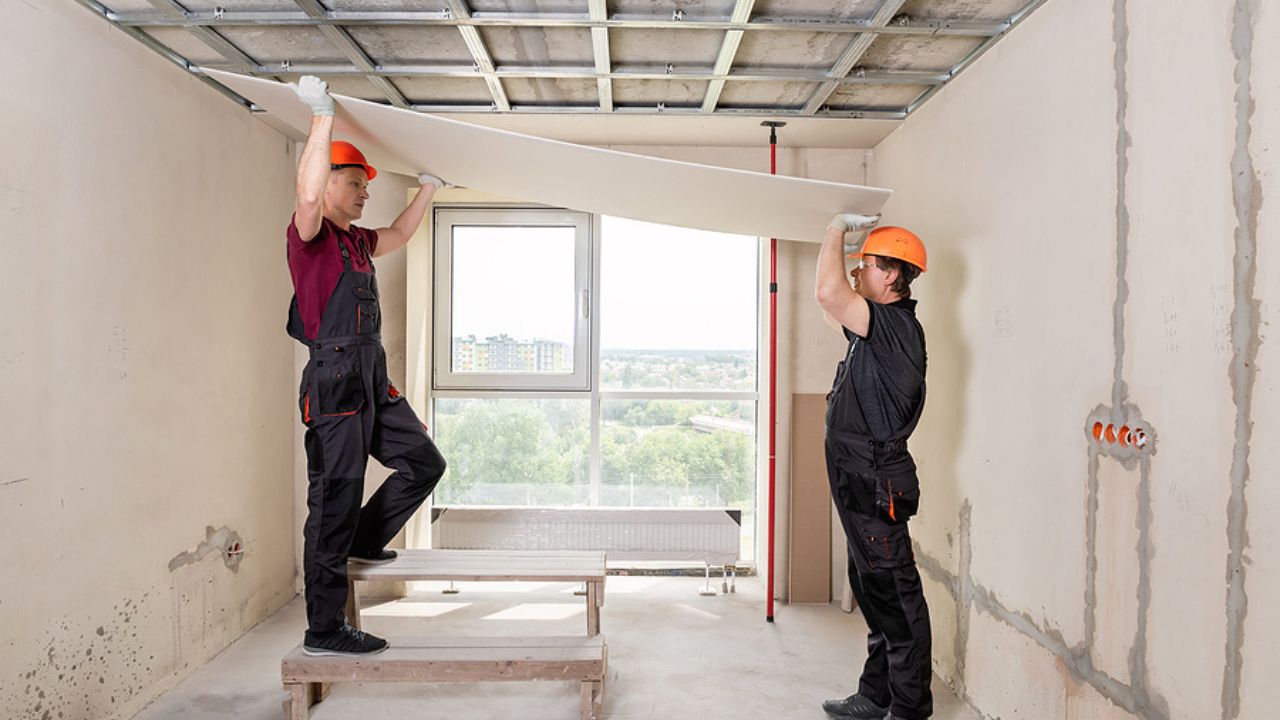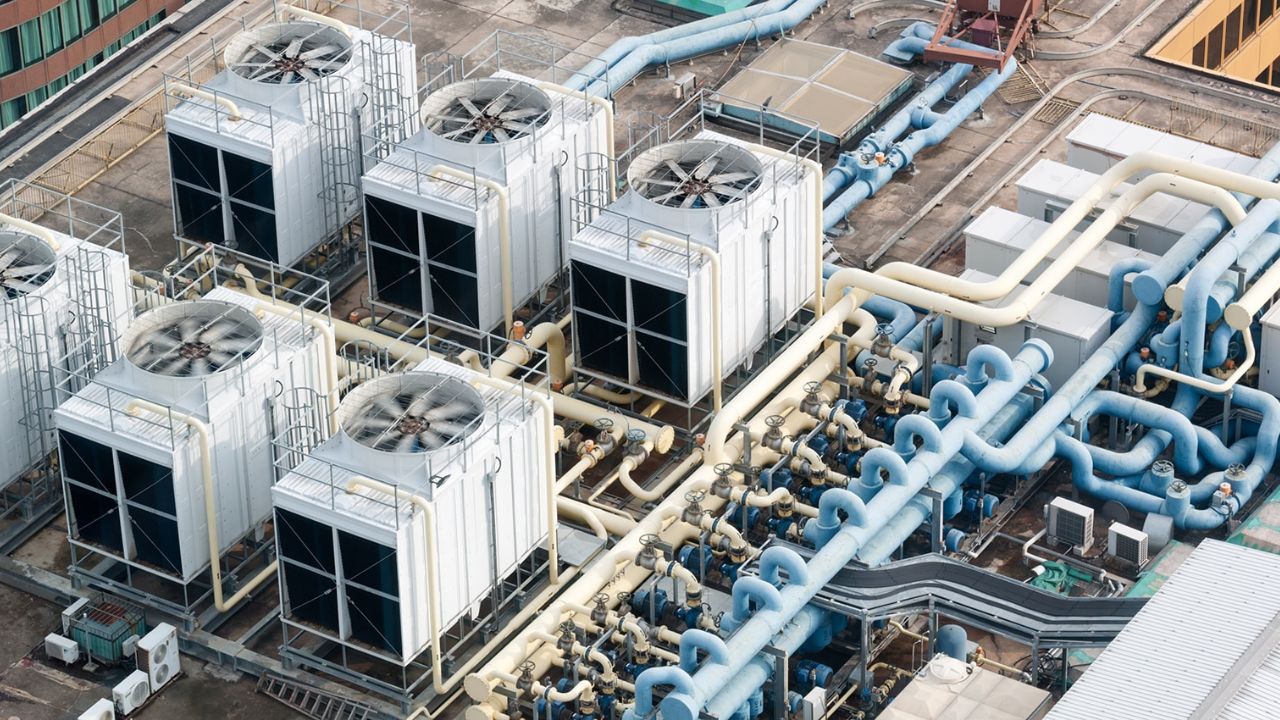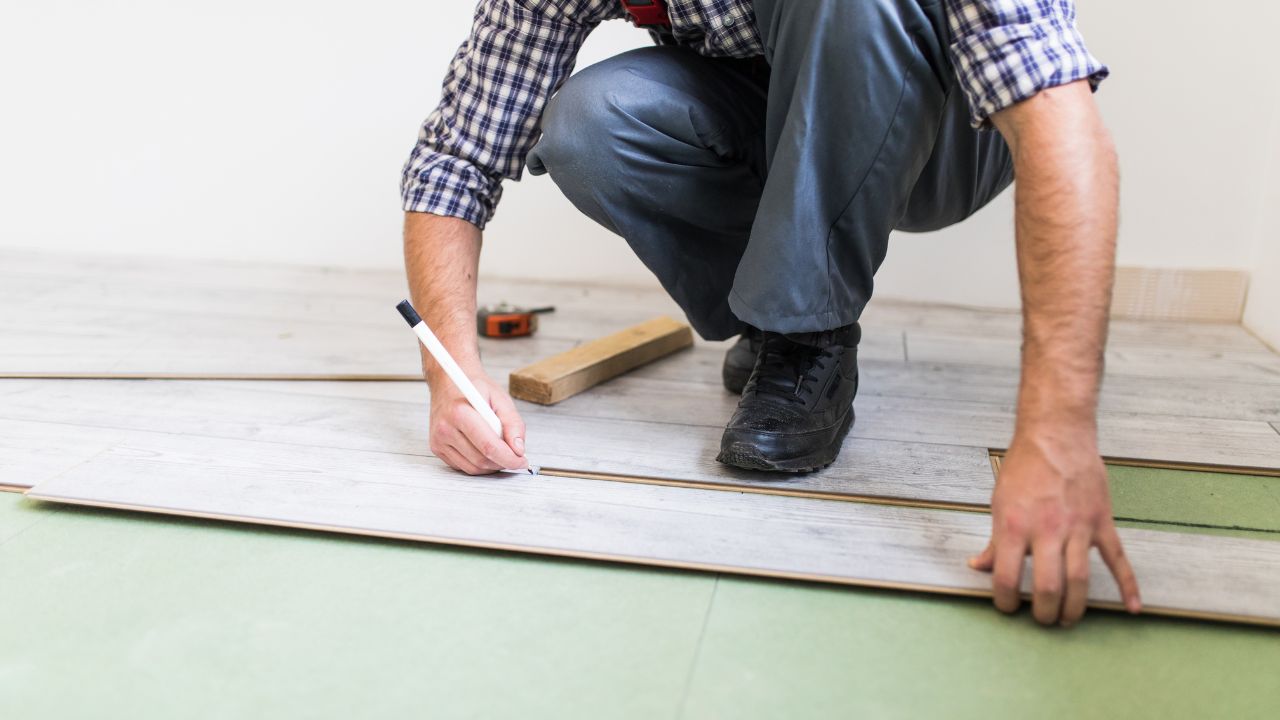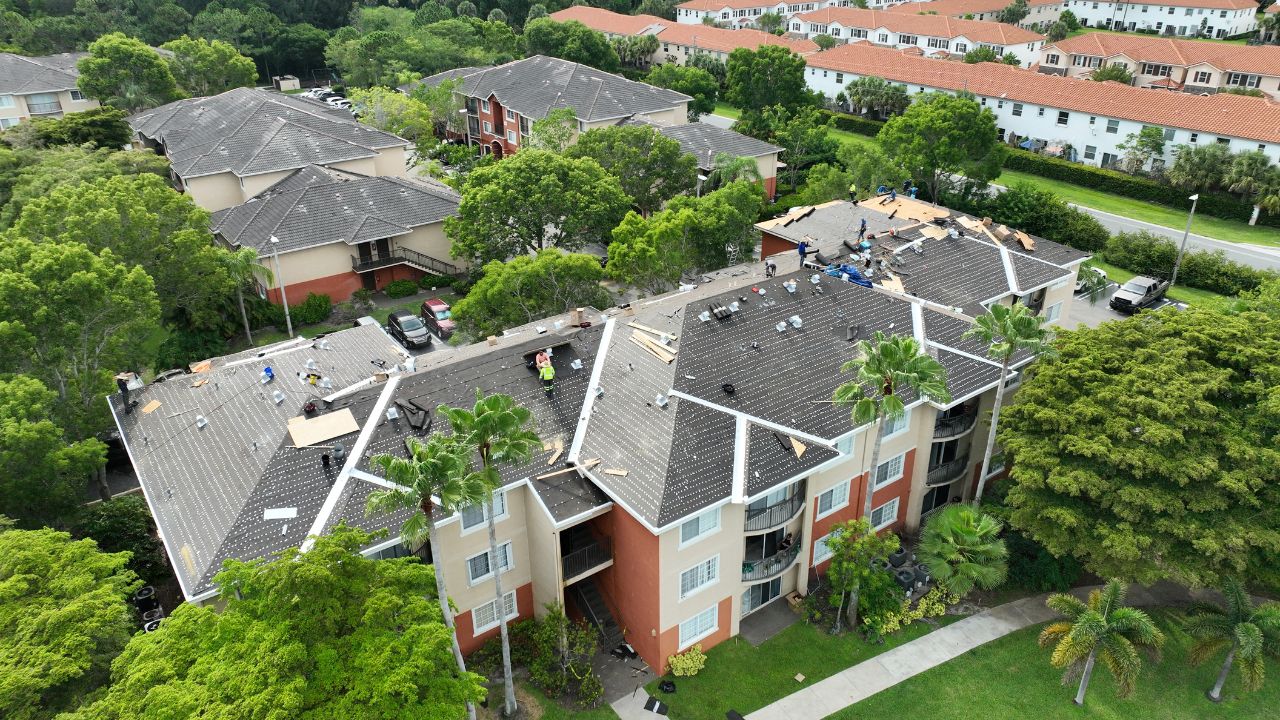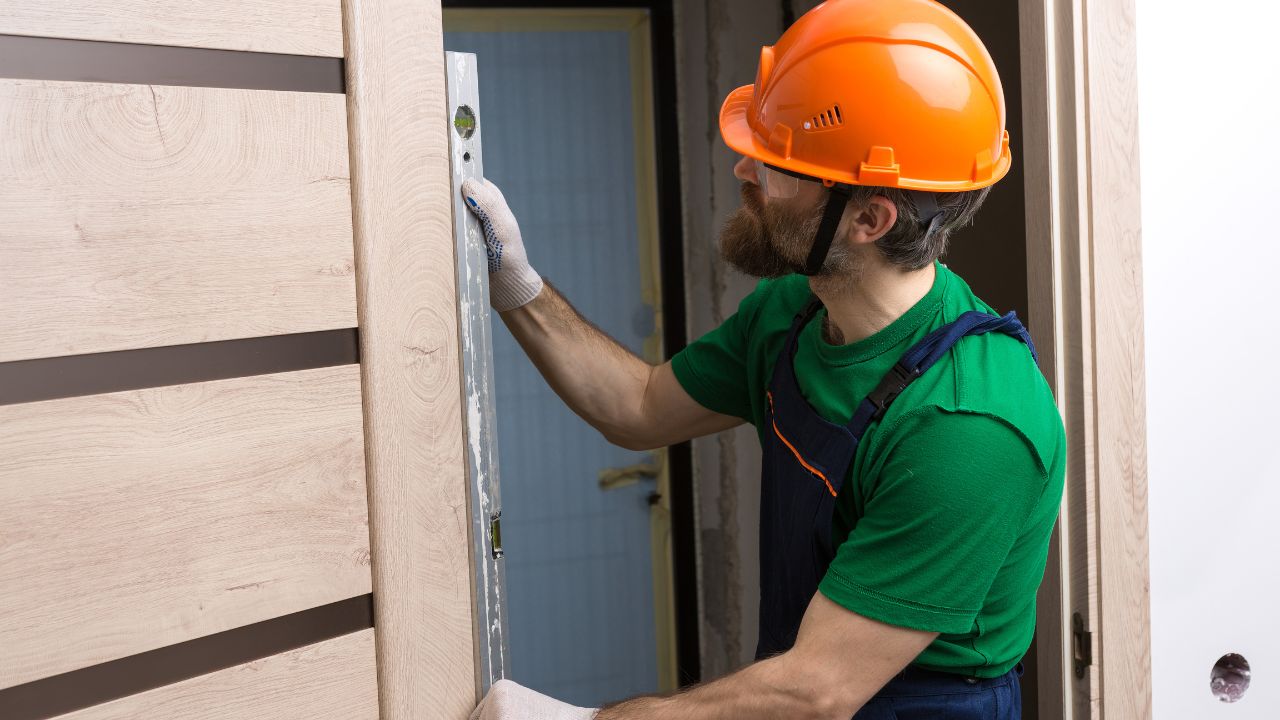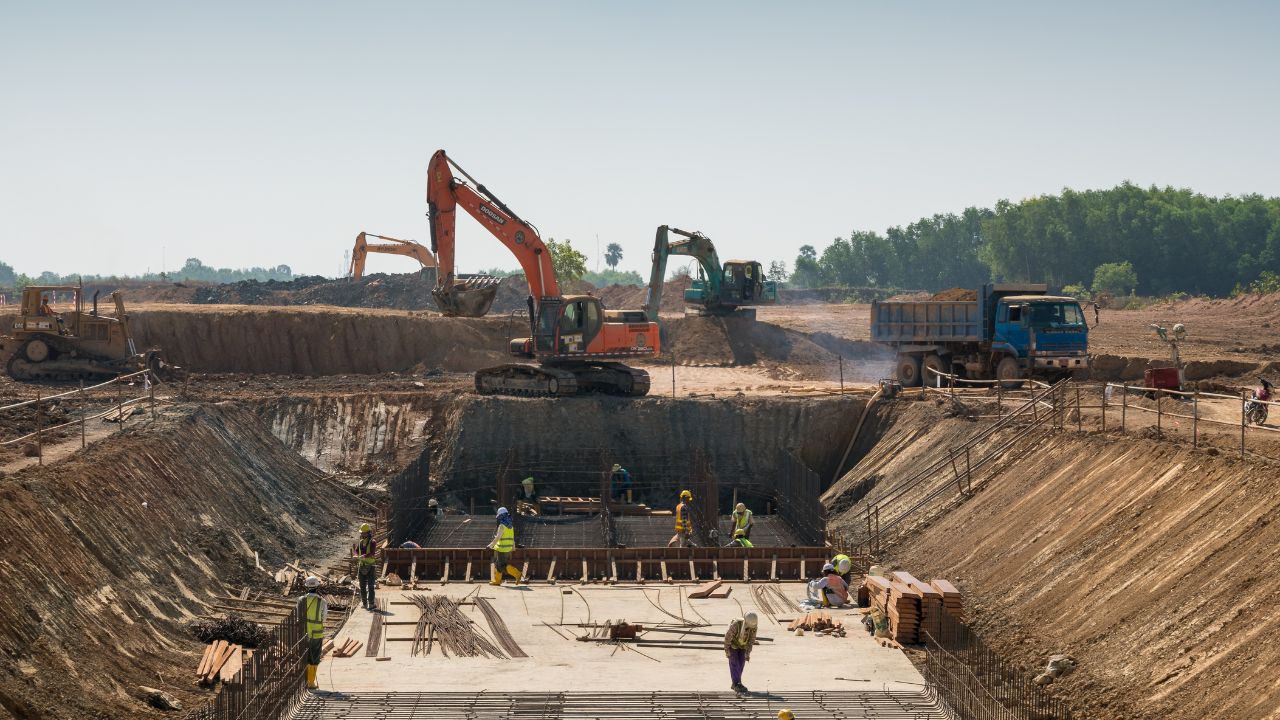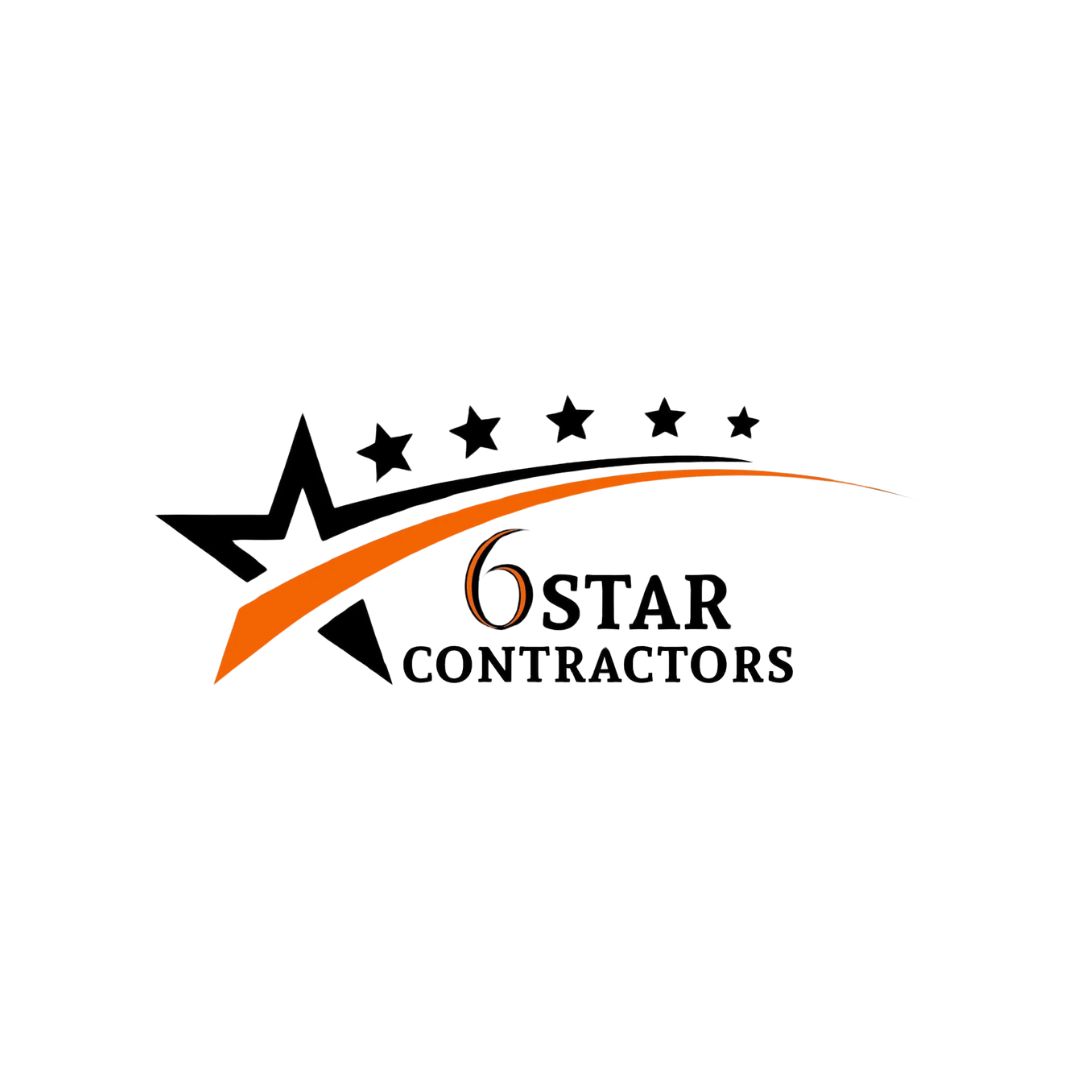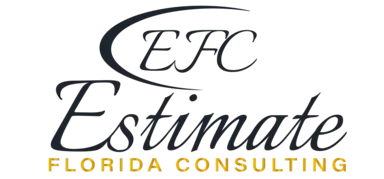- Homepage
- Plumbing
10 Plumbing Red Flags Every Homeowner Should Never Ignore
Leading provider of flooring installation services
As a homeowner, your plumbing system is the unsung hero of daily life, quietly delivering clean water and whisking away waste. But when things go wrong, ignoring early warning signs can lead to costly repairs, water damage, and even health hazards. In this comprehensive guide, we’ll explore 10 plumbing red flags every homeowner should never ignore. Recognizing these issues early can save you thousands in emergency plumber fees and prevent minor problems from escalating into major disasters.
Plumbing maintenance is crucial for the longevity of your home. Regular home plumbing inspections can catch issues like leaky faucets, clogged drains, or low water pressure before they worsen. According to industry experts, addressing these red flags promptly not only extends the life of your pipes but also improves water efficiency and reduces high water bills. Whether you’re dealing with dripping pipes, sewer smells, or water heater problems, this article will equip you with the knowledge to act fast.
We’ll dive into each red flag, explaining the signs, potential causes, consequences of neglect, and practical solutions—including DIY plumbing fixes where appropriate and when to call professional plumbing services.
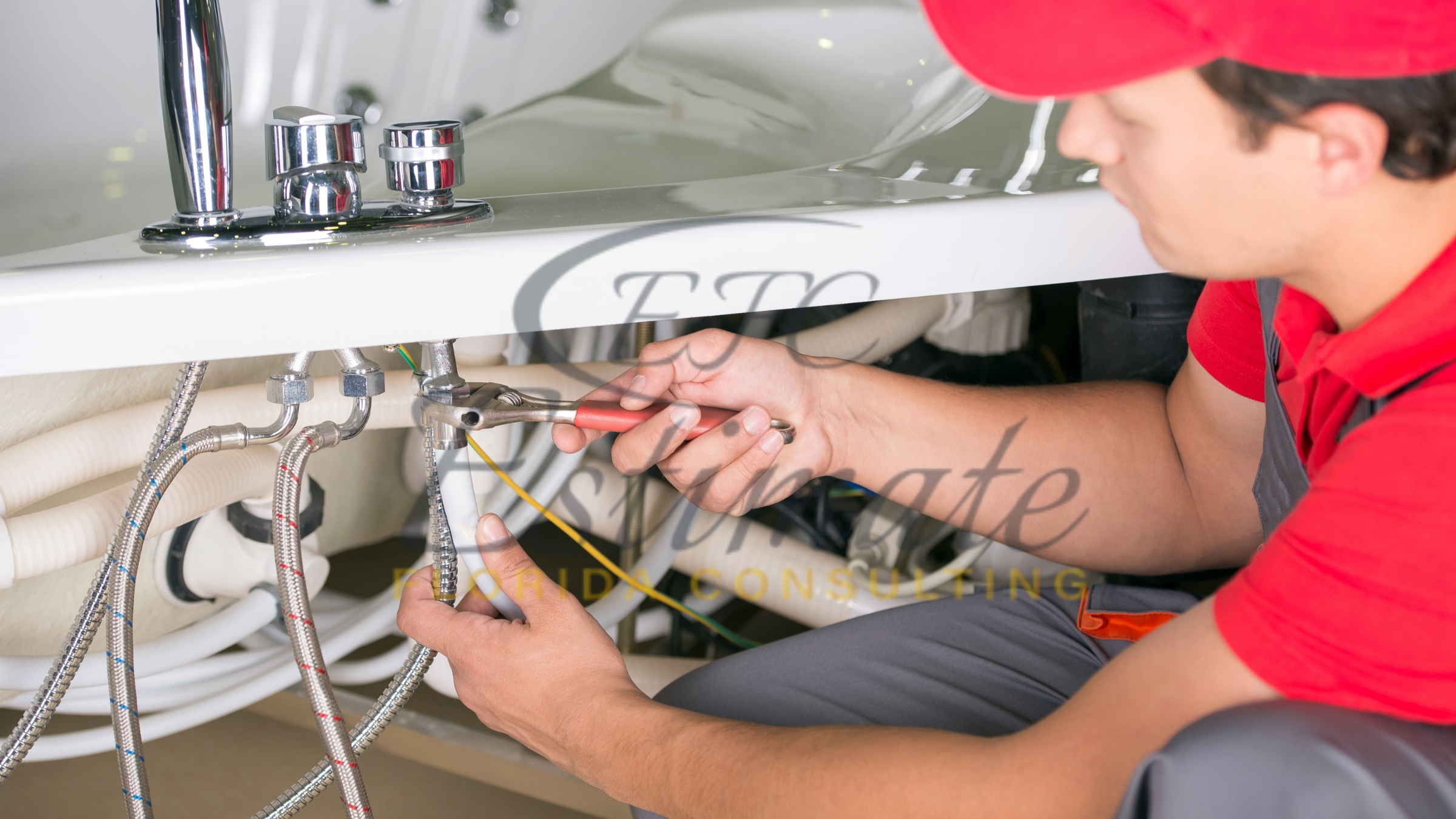
By incorporating these insights, you’ll boost your home’s safety and efficiency while avoiding common pitfalls like mold growth, pipe corrosion, or sump pump failure.
1. Persistent Leaky Faucets
One of the most common yet overlooked plumbing red flags is a persistent leaky faucet. That constant drip-drip might seem harmless, but it can waste up to 3,000 gallons of water per year per faucet, leading to skyrocketing high water bills.
Signs to Watch For: Water dripping from the spout even when turned off, wet spots under the sink, or mineral buildup around the faucet base.
Why It’s a Red Flag: Leaky faucets often stem from worn-out washers, O-rings, or seals. If ignored, they can cause water damage to cabinets, promote mold growth, and erode fixtures over time.
Consequences of Ignoring It: Beyond wasted water, leaks can lead to structural damage and higher utility costs. In severe cases, they contribute to pipe corrosion if moisture seeps into walls.
How to Address It: For a simple DIY plumbing fix, turn off the water supply, disassemble the faucet, and replace the faulty parts. Tools needed include a wrench, screwdriver, and replacement washers (available at any hardware store for under $10). If the leak persists or involves complex fixtures like cartridge faucets, call professional plumbing services to avoid further damage.
Incorporating regular checks for leaky faucets into your plumbing maintenance routine can prevent these issues. Remember, even small drips add up—address them to maintain low water pressure and overall system health.
90% More Chances to Win Plumbing Bids with
Our Estimate!
2. Clogged or Slow Drains
Clogged drains are a telltale sign of underlying plumbing woes, often caused by hair, grease, soap scum, or foreign objects building up in pipes.
Signs to Watch For: Water draining slowly in sinks, showers, or tubs; gurgling sounds; or backups in multiple drains.
Why It’s a Red Flag: Slow draining sinks indicate blockages that could extend deep into your plumbing system, potentially affecting sewer lines.
Consequences of Ignoring It: Untreated clogs can lead to complete blockages, causing overflows, water damage, and foul sewer smells. In worst-case scenarios, they result in burst pipes from pressure buildup.
How to Address It: Start with DIY methods like using a plunger or a drain snake. For natural solutions, pour a mixture of baking soda and vinegar followed by hot water. If these fail, enzymatic cleaners can break down organic matter. However, persistent clogs may require a professional plumber to use hydro-jetting for thorough cleaning.
Prevent clogged drains by installing strainers and avoiding pouring grease down the sink. Regular home plumbing inspections can identify early buildup, ensuring smooth flow and preventing emergency plumber calls.
3. Low Water Pressure
Experiencing low water pressure in your showers or faucets? This is a subtle but serious plumbing red flag that affects daily comfort and efficiency.
Signs to Watch For: Weak streams from faucets, slow-filling appliances, or inconsistent pressure throughout the house.
Why It’s a Red Flag: Causes range from mineral deposits in aerators to leaks in hidden pipes or even municipal supply issues. In older homes, pipe corrosion is a common culprit.
Consequences of Ignoring It: Low pressure can signal larger problems like dripping pipes or leaks, leading to water waste and potential burst pipes if corrosion worsens.
How to Address It: Clean faucet aerators by soaking them in vinegar to remove buildup. Check for leaks in visible pipes. If pressure is low house-wide, it might be a main line issue—consult professional plumbing services for a pressure test and possible pipe replacement.
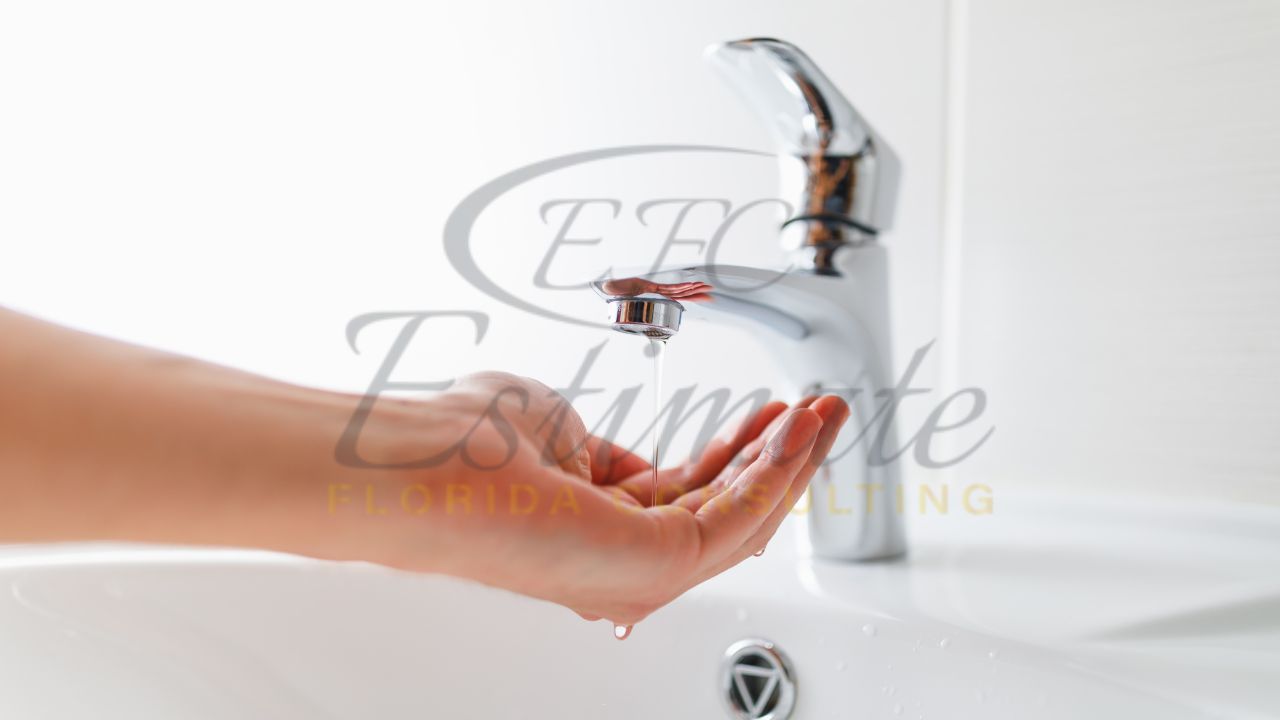
Boosting water pressure not only improves usability but also ties into broader plumbing maintenance, reducing risks like frozen pipes in winter.
4. Unusual Noises from Pipes
Noisy pipes—banging, whistling, or groaning—aren’t just annoying; they’re a clear indicator of plumbing distress.
Signs to Watch For: Hammering sounds when turning off taps (water hammer), rattling during use, or high-pitched squeals.
Why It’s a Red Flag: Water hammer occurs from sudden pressure changes, while rattling might indicate loose pipes or air in the lines. Noisy pipes can also stem from high water pressure straining joints.
Consequences of Ignoring It: Repeated stress can lead to joint failures, leaks, or burst pipes, causing extensive water damage and mold growth.
How to Address It: Install water hammer arrestors for banging noises—a simple DIY fix. Secure loose pipes with straps. For persistent issues, a plumber can adjust pressure regulators or bleed air from lines.
Monitoring for noisy pipes during routine checks can prevent escalation, ensuring a quiet, efficient system free from sewer smells or other complications.
Get High-Quality Interior Design Services Today!
Transform your space with stunning interior design that blends style, comfort, and functionality.
We Specialize in Both Residential and Commercial Interior Design Projects.
- Luxury Villas
- Apartment Complexes
- Modular Kitchens
- Bathrooms
- Office Buildings
- Shopping Malls
- Hospitals
- Hotels & Resorts
5. Discolored or Rusty Water
If your tap water turns brown, yellow, or rusty, it’s a major plumbing red flag signaling contamination or degradation.
Signs to Watch For: Stained fixtures, laundry discoloration, or metallic tastes/smells in water.
Why It’s a Red Flag: Often due to pipe corrosion in galvanized steel lines, sediment from water heaters, or external contaminants entering through breaks.
Consequences of Ignoring It: Corroded pipes can leach harmful metals like lead into water, posing health risks. It may also lead to leaks and reduced water quality.
How to Address It: Flush the system by running cold water for several minutes. Replace old galvanized pipes with modern PEX or copper. Test water quality professionally if discoloration persists.
Addressing discolored water promptly ties into preventing water heater problems and maintaining safe, clean supply lines.
6. Foul Odors from Drains
Sewer smells wafting from drains are not just unpleasant—they indicate serious plumbing issues.
Signs to Watch For: Rotten egg or sewage odors, especially in bathrooms or kitchens.
Why It’s a Red Flag: Dry P-traps allowing sewer gases to escape, clogs trapping debris, or vent pipe blockages.
Consequences of Ignoring It: Exposure to harmful gases, potential backups, and health issues like respiratory problems.
How to Address It: Pour water into rarely used drains to refill traps. Use baking soda and vinegar for minor clogs. For deeper issues, a plumber may need to inspect vents or sewer lines.
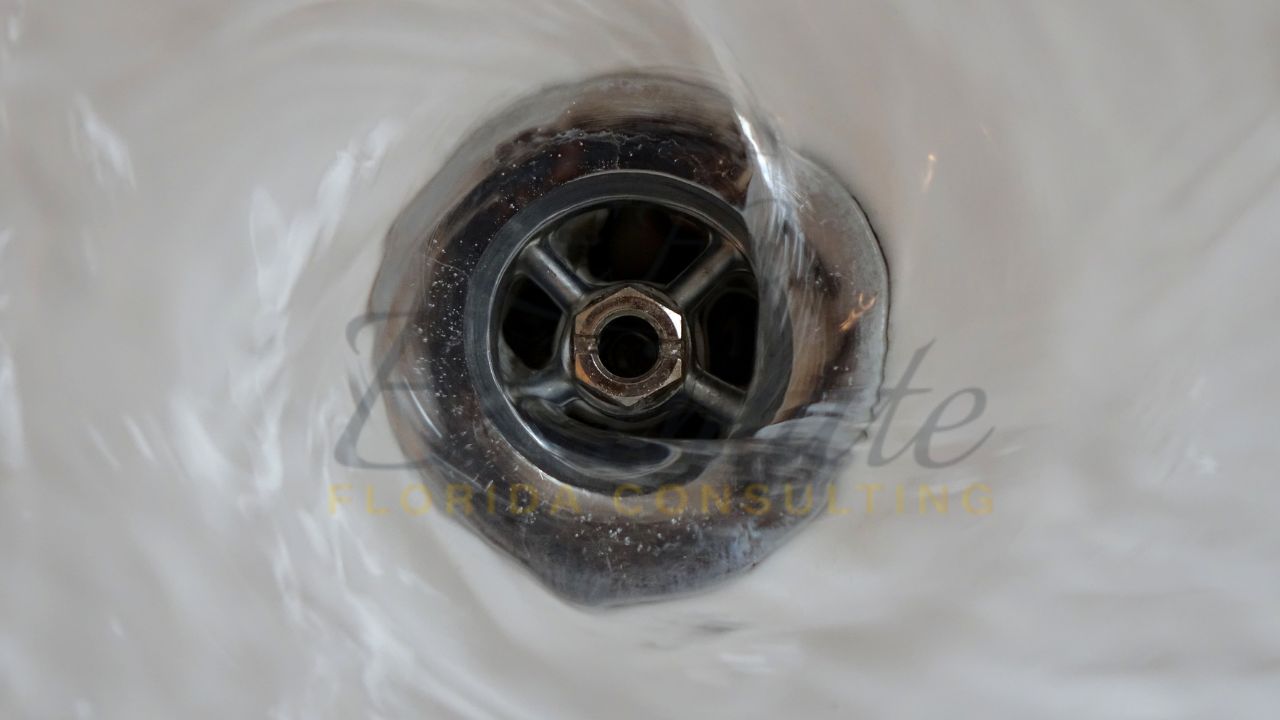
Eliminating sewer smells enhances home comfort and prevents related problems like backflow issues.
7. Running Toilets
A toilet that runs continuously is a sneaky water waster and a key plumbing red flag.
Signs to Watch For: Constant water flow in the bowl, jiggling the handle to stop it, or frequent refills.
Why It’s a Red Flag: Faulty flappers, fill valves, or float mechanisms allowing water to leak into the bowl.
Consequences of Ignoring It: Wastes up to 200 gallons daily, inflating high water bills and straining septic systems.
How to Address It: Replace the flapper (a quick DIY task) or adjust the float. For complex valves, seek professional help.
Regular toilet checks can avert running toilet woes and contribute to efficient plumbing maintenance.
Get 5 New Projects in the Next 7 Days With Our System
8. Water Stains on Ceilings or Walls
Unexplained water stains are visual cues of hidden leaks, demanding immediate attention.
Signs to Watch For: Brown spots, bubbling paint, or damp walls/ceilings.
Why It’s a Red Flag: Leaks from pipes, roofs, or appliances seeping into structures.
Consequences of Ignoring It: Structural weakening, mold growth, and costly repairs if rot sets in.
How to Address It: Inspect for sources like dripping pipes above. Use moisture meters for detection. Professionals can use cameras for non-invasive checks.
Spotting stains early prevents escalation to burst pipes or sump pump failure in basements.
9. High Water Bills Without Explanation
Sudden spikes in water bills are financial red flags pointing to hidden plumbing leaks.
Signs to Watch For: Bills 20-30% higher than usual despite unchanged usage.
Why It’s a Red Flag: Underground leaks, running toilets, or dripping faucets consuming water undetected.
Consequences of Ignoring It: Thousands in wasted water and potential property damage from unchecked leaks.
How to Address It: Monitor your meter for unexplained usage. Dye test toilets for silent leaks. Plumbers can perform leak detection services.

Tracking bills aids in early intervention, avoiding issues like frozen pipes or septic tank problems.
10. Aging or Malfunctioning Water Heater
Water heater issues, like inconsistent temperatures or leaks, are critical red flags in older units.
Signs to Watch For: Lukewarm water, rumbling noises, or puddles around the base.
Why It’s a Red Flag: Sediment buildup, corrosion, or failing elements in units over 10 years old.
Consequences of Ignoring It: Risk of flooding, energy inefficiency, or complete failure leading to no hot water.
How to Address It: Flush the tank annually to remove sediment (DIY with a hose). Replace anode rods. For leaks, immediate professional replacement is advised.
Maintaining your water heater prevents emergencies and ties into overall home plumbing inspection routines.
Professional Contractor For Your Project?
Additional Tips for Plumbing Vigilance
Beyond these 10 red flags, consider seasonal threats like frozen pipes in winter—insulate exposed lines and let faucets drip during freezes. For homes with septic systems, watch for septic tank issues like slow drains or soggy yards, scheduling pumps every 3-5 years.
Incorporate LSI-related practices: Perform annual home plumbing inspections, use eco-friendly cleaners to avoid clogs, and install backflow preventers to safeguard against contamination.
If you’re in a flood-prone area, ensure sump pump issues are addressed with battery backups. For peace of mind, build a relationship with reliable professional plumbing services for complex tasks beyond DIY plumbing fixes.
Conclusion: Stay Proactive for a Healthy Home
Ignoring these 10 plumbing red flags every homeowner should never ignore can transform minor annoyances into major headaches. From leaky faucets and clogged drains to low water pressure and sewer smells, early detection is key to avoiding high water bills, mold growth, pipe corrosion, and more.
By staying vigilant with regular plumbing maintenance, you not only protect your investment but also ensure a safe, efficient home. If in doubt, don’t hesitate to call an emergency plumber—it’s better to be safe than soaked. Empower yourself with knowledge, and your plumbing system will thank you.
Frequently Asked Question
Even minor leaks can waste thousands of gallons of water annually, raise your water bill, promote mold growth, and gradually damage cabinets and fixtures. Treating it early prevents bigger issues and costly repairs later.
Slow drains are often caused by soap scum, hair, grease, or other debris building up inside the pipes. DIY solutions like plunging or using a drain snake work for minor clogs. If multiple drains are slow or there are gurgling sounds, it could indicate a deeper issue in the sewer line—call a professional plumber.
Low pressure can be a sign of mineral buildup, failing pipes, hidden leaks, or issues with the main water supply. If cleaning aerators and checking visible pipes doesn’t restore pressure, a professional inspection is recommended to avoid severe pipe damage.
Discolored water typically means pipe corrosion or sediment in your water heater. Run the water for a few minutes. If the problem persists, have a plumber inspect your pipes and test the water quality. In older homes, upgrades to PEX or copper piping may be needed.
Water heaters should be flushed at least once a year to remove sediment. Units older than 10 years should be inspected regularly for leaks or corrosion. If you notice lukewarm water or strange noises, it may be time for repair or replacement.
Comprehensive Trade-Specific Estimates
At Estimate Florida Consulting, we offer detailed cost estimates across all major trades, ensuring no part of your project is overlooked. From the foundation to the finishing touches, our trade-specific estimates provide you with a complete and accurate breakdown of costs for any type of construction project.
Our Simple Process to Get Your Estimate
Upload Plans
Submit your project plans, blueprints, or relevant documents through our online form or via email.
Receive Quotation
We’ll review your project details and send you a quote based on your scope and requirements.
Confirmation
Confirm the details and finalize any adjustments to ensure the estimate meets your project needs.
Get Estimate
Receive your detailed, trade-specific estimate within 1-2 business days, ready for your project execution.



Our Clients & Partners
We pride ourselves on building strong, lasting relationships with our clients and partners across the construction industry.
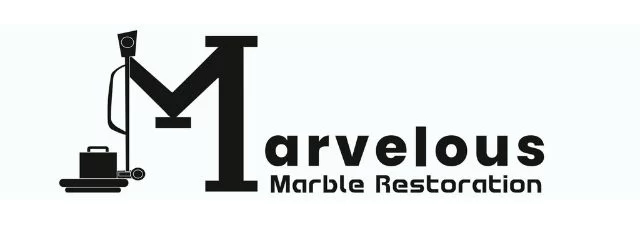
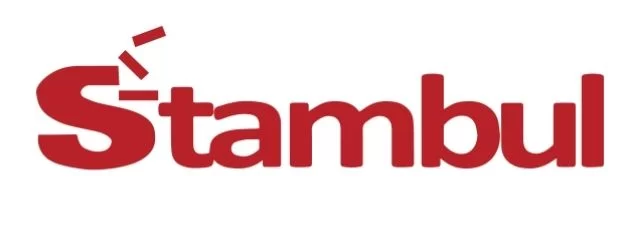
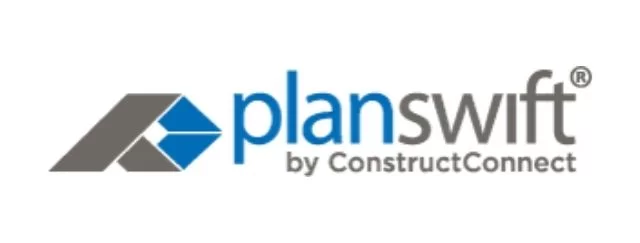
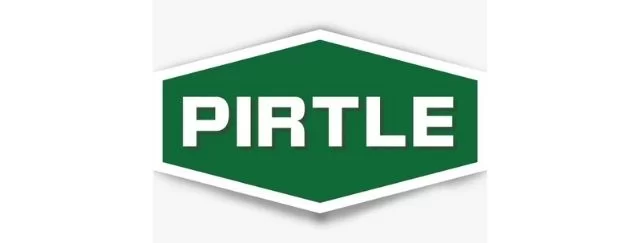

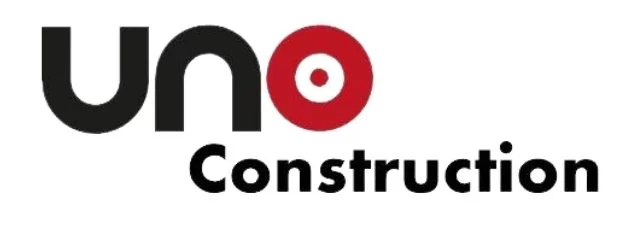
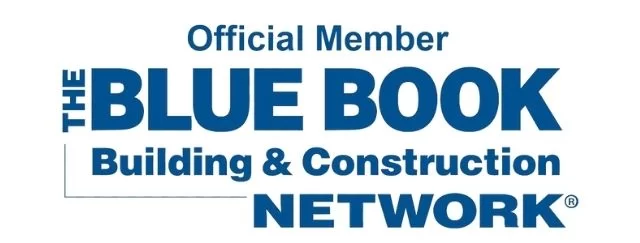

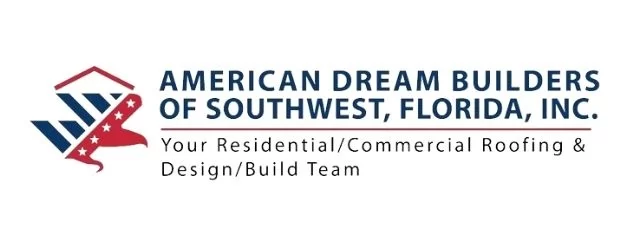
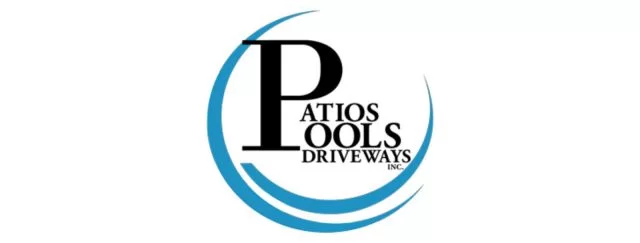

What Our Clients Say?
We take pride in delivering accurate, timely, and reliable estimates that help contractors and builders win more projects. Our clients consistently praise our attention to detail, fast turnaround times, and the positive impact our estimates have on their businesses.
Estimate Florida Consulting has helped us win more bids with their fast and accurate estimates. We trust them for every project!
